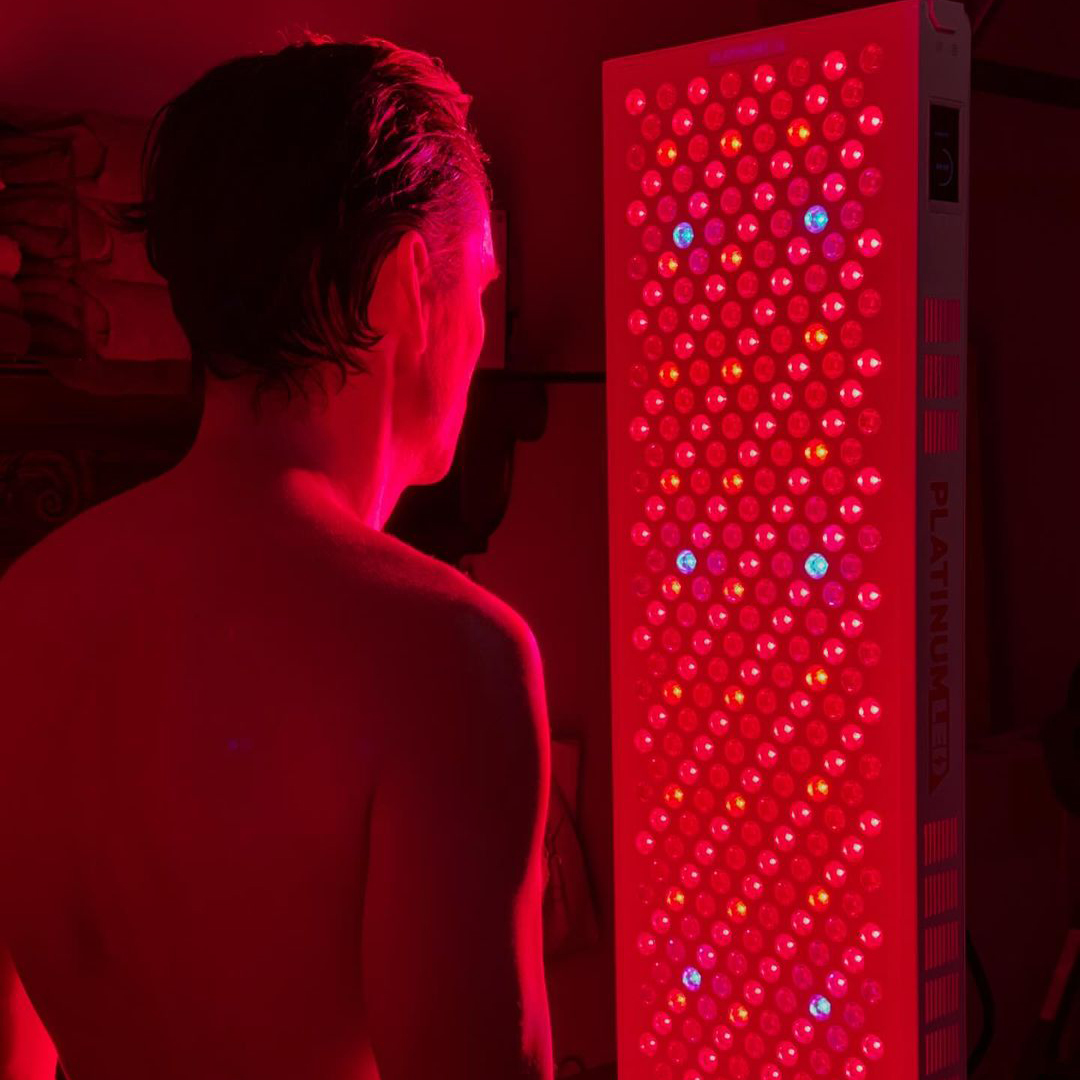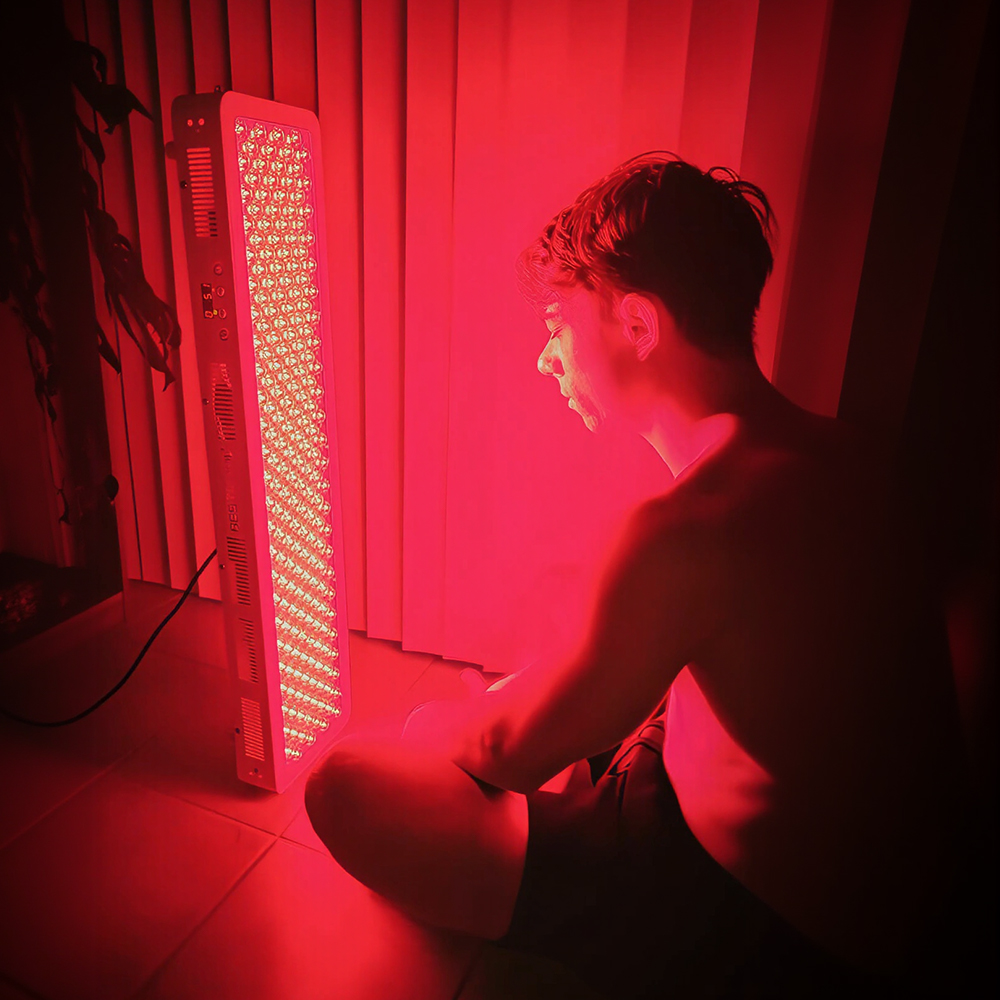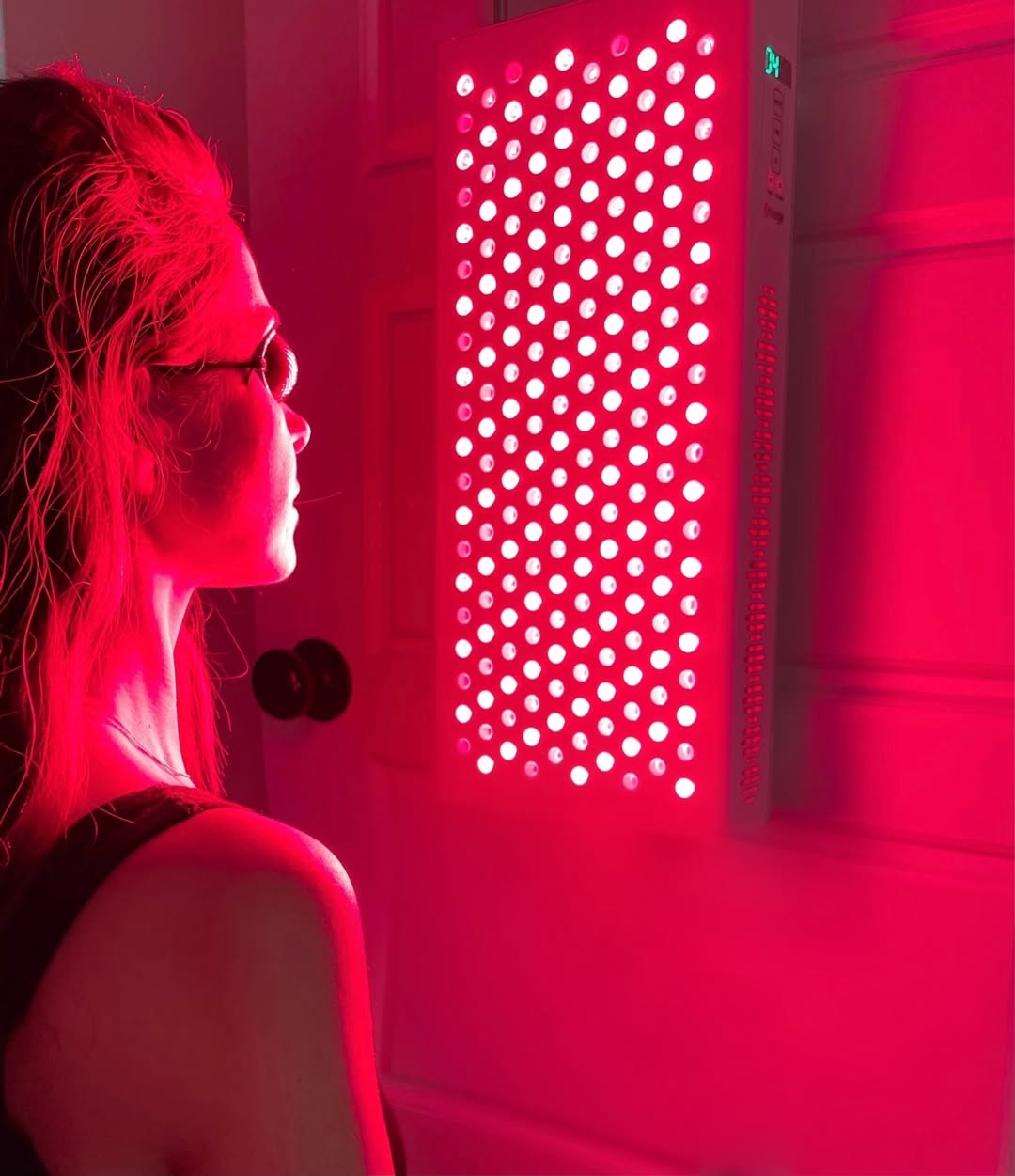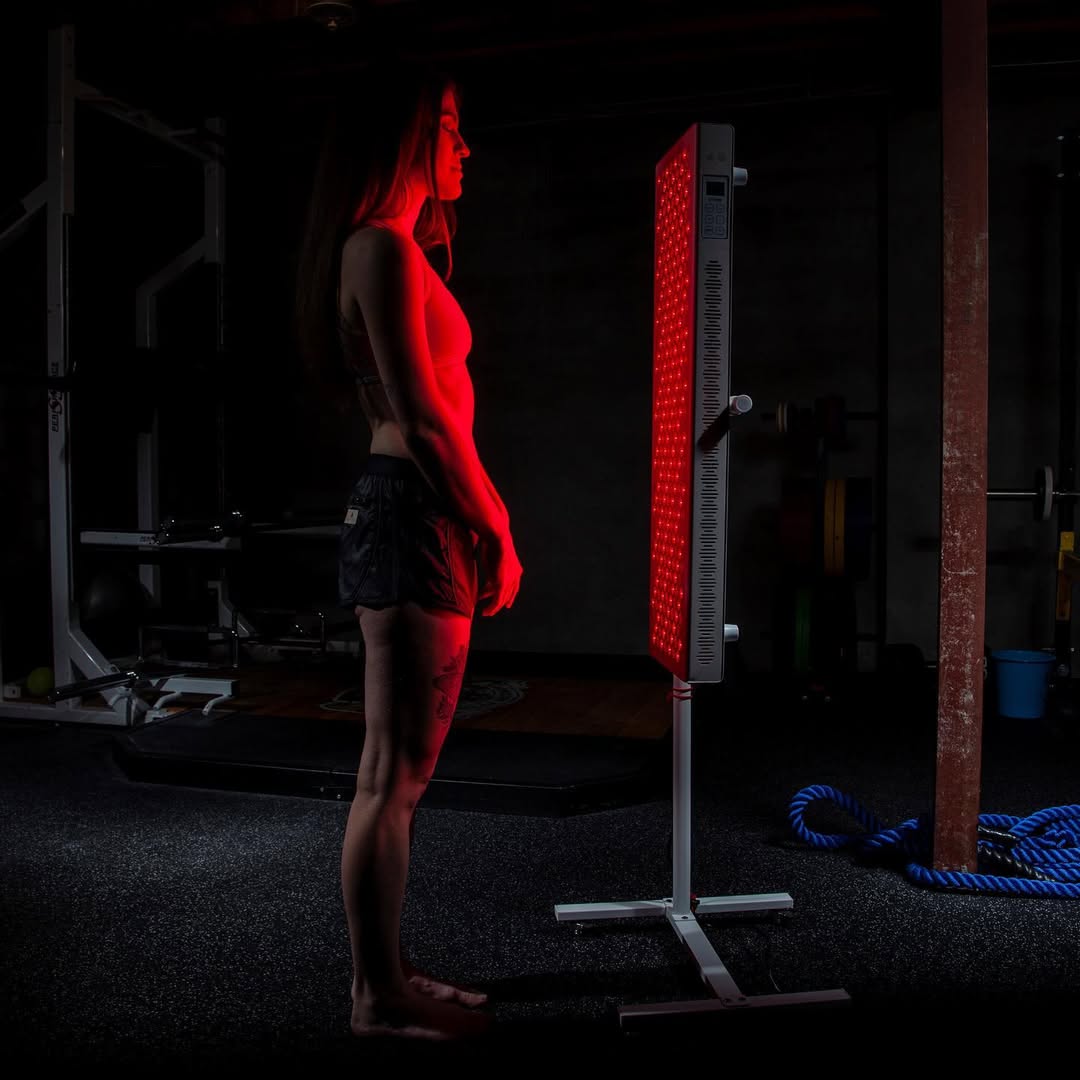![]() Free Shipping
Free Shipping ![]() Buy Now, Pay Later
Buy Now, Pay Later ![]() Eligible
Eligible
Revitalize the Retina Using Red Light Therapy: A Breakthrough in Eye Health

The Growing Concern Over Eye Health
Our eyes are among the most vital—and delicate—organs in the human body. With the rise of digital screens, environmental pollutants, and aging populations, vision problems are becoming increasingly common. Conditions like age-related macular degeneration (AMD), diabetic retinopathy, and general retinal deterioration affect millions worldwide.
But what if there was a simple, non-invasive way to support retinal health and even reverse some damage? Emerging research suggests that red light therapy (RLT) could be a game-changer for eye health.
In this article, we’ll explore:
- How red light therapy works on a cellular level
- The science behind its effects on the retina
- Clinical studies supporting its benefits
- How you can safely use red light therapy for eye health
Understanding Red Light Therapy: The Science of Light and Healing
Red light therapy, also known as low-level laser therapy (LLLT) or photobiomodulation (PBM), uses specific wavelengths of red and near-infrared (NIR) light to stimulate cellular repair. Unlike UV light, which can damage cells, red and NIR light (typically in the range of 600-850 nm) penetrate skin and tissue without causing harm.
How Does It Work?
- Boosts Mitochondrial Function: The light is absorbed by mitochondria (the cell’s energy factories), enhancing ATP (adenosine triphosphate) production.
- Reduces Oxidative Stress: It helps neutralize harmful free radicals, a major contributor to retinal damage.
- Promotes Cellular Repair: Enhances circulation and encourages tissue regeneration.
Red Light Therapy and the Retina: A Perfect Match?
The retina, a thin layer of tissue at the back of the eye, is packed with photoreceptor cells (rods and cones) that convert light into neural signals. Over time, these cells can degrade due to:
- Aging
- Blue light exposure (from screens)
- Poor blood circulation
- Oxidative stress
Key Findings from Research
- Reversing Age-Related Vision Decline (2020 Study)
- A groundbreaking study published in Journals of Gerontology found that exposure to 670nm red light for just 3 minutes per day improved color contrast vision in adults aged 40+ by up to 22%.
- Researchers believe this is due to enhanced mitochondrial activity in retinal cells.
- Protection Against Macular Degeneration (2018 Study)
- Research in Neurobiology of Aging showed that red light therapy reduced retinal inflammation and slowed the progression of AMD in animal models.
- Diabetic Retinopathy Benefits (2021 Study)
- A study in Diabetes Care found that NIR light improved retinal blood flow and reduced oxidative damage in diabetic patients.
How to Use Red Light Therapy for Retinal Health
1. At-Home Devices
Several FDA-cleared red light therapy devices are available, including:
- Specialized Eye Masks (e.g., Luminas Red Light Mask)
- Handheld Panels (e.g., Joovv, Red Rush)
- Desktop Lamps (e.g., Mito Red Light)
Recommended Protocol:
- Wavelength: 600-670nm (red) or 810-850nm (NIR)
- Duration: 2-5 minutes per eye, 1-2 times daily
- Distance: 6-12 inches from eyes (follow device guidelines)
VELLGUS Elite V2
THE #1 RATED RED LIGHT DEVICE
VELLGUS pro V2
THE #1 RATED FULL BODY RED LIGHT DEVICE
2. Clinical Treatments
Some ophthalmology clinics now offer focused red light therapy sessions for retinal support.
Safety Considerations
- Avoid overexposure (stick to recommended times).
- Do not stare directly into high-intensity lights.
- Consult an eye doctor before starting if you have pre-existing conditions.
Conclusion: A Bright Future for Retinal Health
Red light therapy offers a non-invasive, drug-free, and scientifically supported method to enhance retinal function, combat age-related decline, and possibly prevent serious eye diseases. While more long-term human studies are needed, the current evidence is promising.
Could a few minutes of red light each day be the key to preserving your vision? The science suggests it’s worth a try.
Would you consider integrating red light therapy into your eye care routine? Share your thoughts in the comments!








